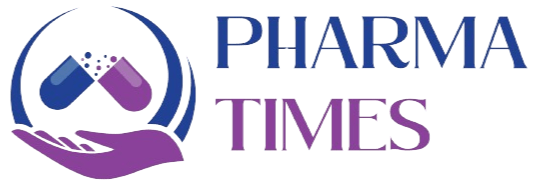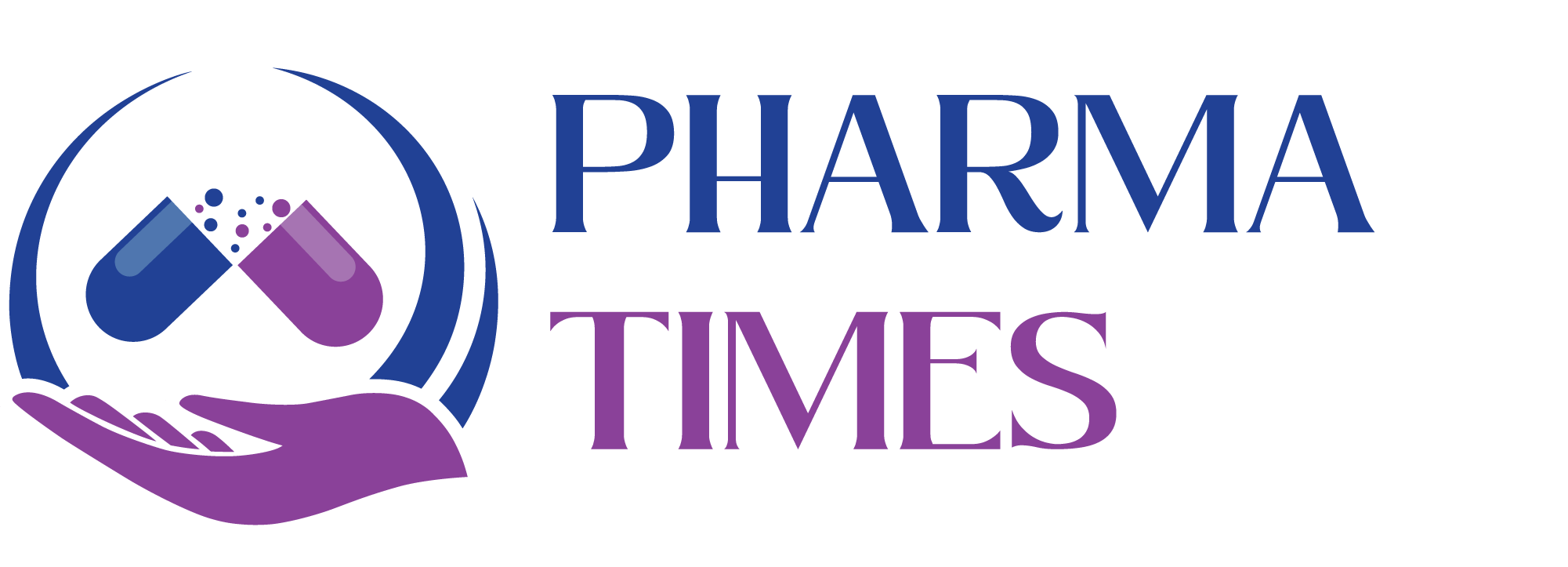SOP for Calibration of Glassware in Pharmaceuticals.

Standard Operating Procedure (SOP)
Here’s a Standard Operating Procedure (SOP) for the Calibration of Glassware in Pharmaceuticals. Calibration of glassware is essential to ensure accurate and consistent measurements, which are critical in pharmaceutical manufacturing and quality control.
1. Purpose
To establish a standardized procedure for the calibration of glassware used in pharmaceutical laboratories and production environments, ensuring that measurements made with calibrated glassware are accurate and reliable.
2. Scope
This SOP applies to all glassware used in [Company/Facility Name] for pharmaceutical manufacturing and laboratory analysis, including but not limited to volumetric flasks, pipettes, burettes, and graduated cylinders.
3. Responsibilities
-
Laboratory Technicians: Responsible for performing calibration and recording results.
-
Quality Control (QC) Supervisor: Ensures that calibration is conducted as per SOP and reviews records for compliance.
-
Maintenance Team: Responsible for repairing or replacing glassware that is damaged or does not meet calibration standards.
4. Materials and Equipment
-
Glassware to be calibrated (e.g., volumetric flasks, pipettes, burettes, graduated cylinders)
-
Analytical balance (calibrated)
-
Deionized water (or specified liquid for calibration)
-
Thermometer (if temperature control is required)
-
Calibration standards (e.g., certified water or other liquids with known density)
-
Calibration logbook or record forms
5. Definitions
-
Calibration: The process of verifying the volume or mass measurement of glassware against a known standard to ensure its accuracy.
-
Standard Solution: A liquid with known physical properties (e.g., water) used for calibration.
6. Procedure
6.1 Preparation for Calibration
-
Clean the Glassware:
-
Clean all glassware thoroughly to remove any contaminants. Use suitable cleaning agents and rinse thoroughly with deionized water.
-
Dry the glassware or use it while it is still moist if the SOP specifies so.
-
-
Check for Damage:
-
Visually inspect the glassware for cracks, chips, or any damage that could affect its accuracy. If damaged, remove it from use and tag it for repair or replacement.
-
-
Prepare Calibration Standards:
-
Prepare or use a known calibration standard (e.g., deionized water) at the specified temperature, ensuring it is free from air bubbles or particles.
-
-
Set-Up for Calibration:
-
Use a calibrated analytical balance to measure the mass of the calibration standard (e.g., water) with a high degree of accuracy.
-
6.2 Calibration of Volumetric Glassware
-
Pipettes and Burettes:
-
Fill the pipette or burette with the calibration standard (e.g., water).
-
Dispense the liquid into a pre-weighed container (e.g., an empty beaker or flask).
-
Weigh the container with the dispensed liquid using the analytical balance.
-
Compare the mass of the dispensed liquid to the expected value based on its known density.
-
Calculate the volume dispensed and check against the nominal value for the pipette or burette.
-
Repeat for multiple readings (e.g., three to five measurements) to ensure accuracy.
-
-
Volumetric Flasks:
-
Fill the volumetric flask with the calibration standard (e.g., water) up to the calibration mark.
-
Weigh the filled flask using the analytical balance.
-
Calculate the volume of liquid based on the mass of the liquid and its known density (use the appropriate temperature correction if necessary).
-
Compare the measured volume with the nominal volume of the flask.
-
Repeat this step for at least three flasks to ensure consistency.
-
-
Graduated Cylinders:
-
Fill the graduated cylinder with the calibration standard (e.g., water) to a specified mark (e.g., 100 mL).
-
Weigh the cylinder with the liquid using an analytical balance.
-
Calculate the volume based on the mass and known density.
-
Compare the measured volume to the marked volume on the graduated cylinder.
-
Repeat this step for multiple volumes (e.g., 50 mL, 100 mL, 500 mL) to check accuracy across the range.
-
6.3 Record Keeping
-
Documentation:
-
Record all calibration data in the calibration log, including the date, glassware type, nominal volume, measured volume, mass of liquid, and any corrective actions taken.
-
If deviations are found, note them and investigate the cause.
-
-
Acceptance Criteria:
-
The glassware is considered properly calibrated if the measured volume is within ±0.1% (or as specified by the manufacturer or regulatory requirements) of the nominal volume.
-
If the deviation exceeds the acceptable range, the glassware should be repaired, replaced, or recalibrated.
-
7. Calibration Frequency
-
Perform a full calibration of glassware at least once every six months.
-
If glassware is used for critical measurements or undergoes heavy use, calibration may be required more frequently (e.g., monthly).
-
Calibrate glassware after any significant damage or cleaning that could affect its accuracy.
8. Troubleshooting
-
If Calibration Deviates from Standard:
-
Check for glassware damage (e.g., cracks, chips).
-
Ensure the balance is calibrated and working correctly.
-
Check the temperature of the calibration standard as it may affect the volume due to density variations.
-
Re-clean the glassware and repeat the calibration process.
-
9. Documentation and Records
-
Calibration Logbook: Record all calibration results, including the glassware type, calibration results, any corrective actions, and the signatures of the operator and supervisor.
-
Maintenance Records: Log any repairs or replacements of glassware.
🎓 Discover one of the best Quality Assurance courses available — click below to explore the course that’s shaping future QA skills.

